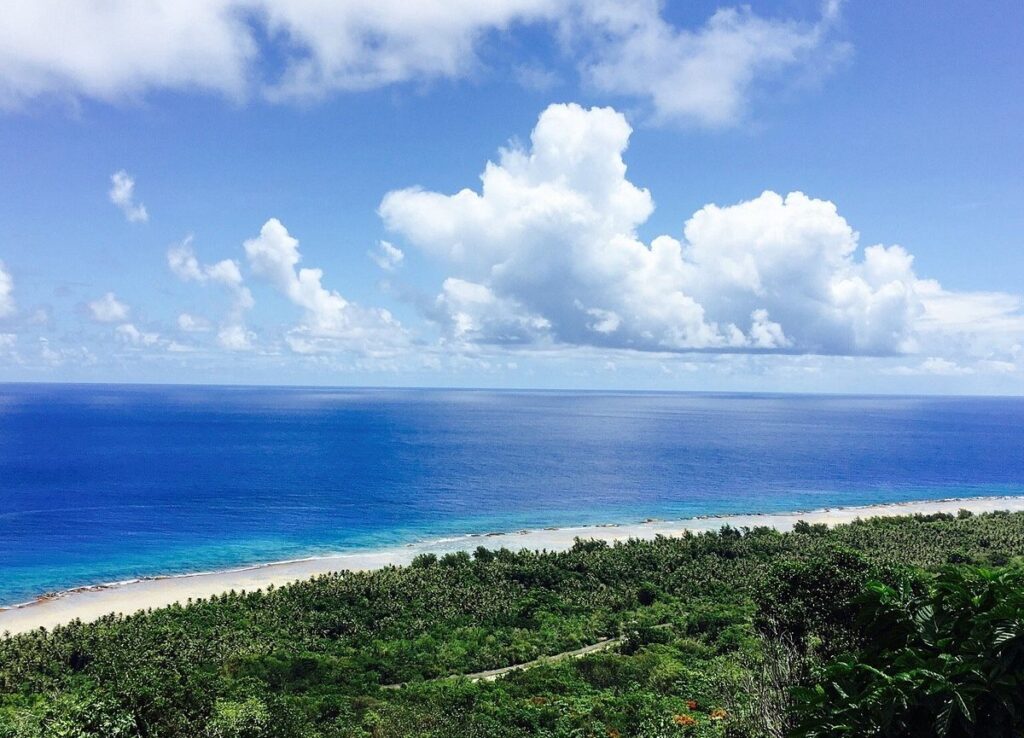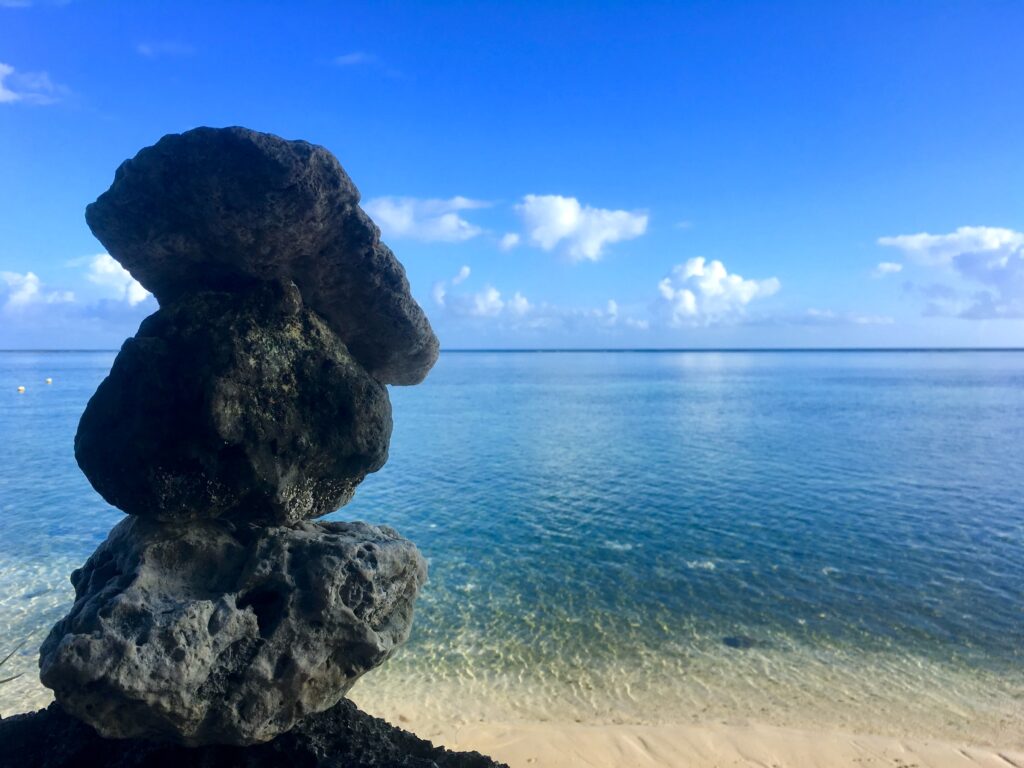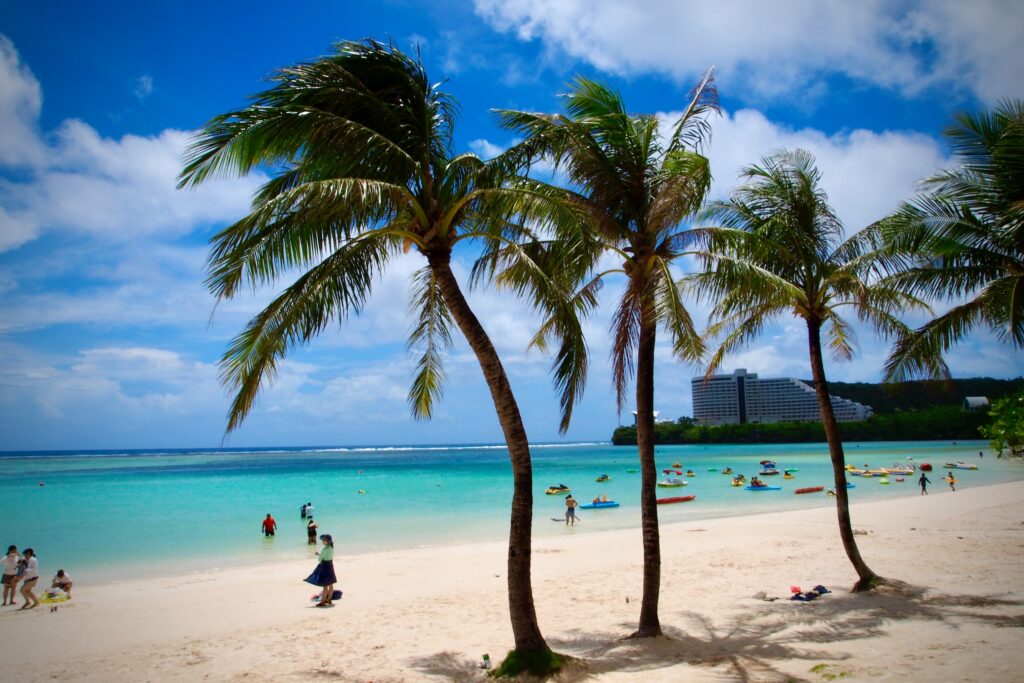What language does Guam speak?

The language spoken in Guam, known as Chamorro, is not only a linguistic treasure but also a vital thread in the island’s cultural tapestry. In this blog, we will delve into the origins of the Chamorro language, its unique characteristics, and its profound cultural significance in the island’s history and identity.
Chamorro
is an Austronesian language, which means it belongs to the same language family as many other languages spoken in the Pacific region. The Chamorro people, who are indigenous to Guam, have a rich history that dates back over 4,000 years. Chamorro is believed to have evolved from a proto-Austronesian language that the ancestors of the Chamorro people brought with them when they first settled in the Mariana Islands, including Guam.
Chamorro is known for its unique linguistic features, some of which have evolved over centuries of interaction with other languages and cultures. Here are some distinctive characteristics of the Chamorro language:

Agglutinative Nature:
Chamorro is an agglutinative language, which means that affixes, or small units of meaning, are added to words to convey various grammatical and semantic information. This allows for the creation of complex words by combining multiple affixes.
A Mix of Influences: Over the centuries, Chamorro has been influenced by various languages, including Spanish, English, and Filipino. As a result, you can find loanwords from these languages in Chamorro vocabulary.
Unique Pronunciation:
Chamorro has distinctive sounds not found in many other languages. For example, the letters “ñ” and “ch” represent sounds that may be unfamiliar to speakers of English.
Chamorro is more than just a means of communication; it’s an integral part of Guam’s cultural identity. Here’s how Chamorro language is culturally significant:
Preserving Tradition:
Chamorro is a vessel for passing down traditional stories, myths, and cultural practices from generation to generation. It helps keep the island’s rich heritage alive.

Cultural Expression:
Chamorro language is used in traditional dance, music, and storytelling. Cultural performances often feature Chamorro songs and chants, allowing residents and visitors to connect with Guam’s culture.
Language Revitalization:
In recent years, there has been a concerted effort to revitalize the Chamorro language. Initiatives have been launched to teach Chamorro in schools and promote its use in daily life.
Cultural Celebrations:
Chamorro language is celebrated during events like Mes Chamoru (Chamorro Month) in March. Festivals, cultural exhibitions, and language workshops are organized to promote Chamorro culture.
While English is the official language of Guam, Chamorro remains a vital part of the island’s cultural heritage. Efforts to preserve and revitalize the language continue, and you can find Chamorro-language signage, newspapers, and radio programs throughout the island. Chamorro is not just a language; it’s a testament to the resilience and cultural pride of the Chamorro people, and it serves as a bridge between the island’s past and its vibrant present.

Chamorro is more than just words; it’s a reflection of Guam’s deep-rooted culture, heritage, and sense of identity. As efforts to preserve and revitalize the language continue, Chamorro remains a cherished part of Guam’s rich cultural tapestry, ensuring that the island’s linguistic heritage endures for generations to come.